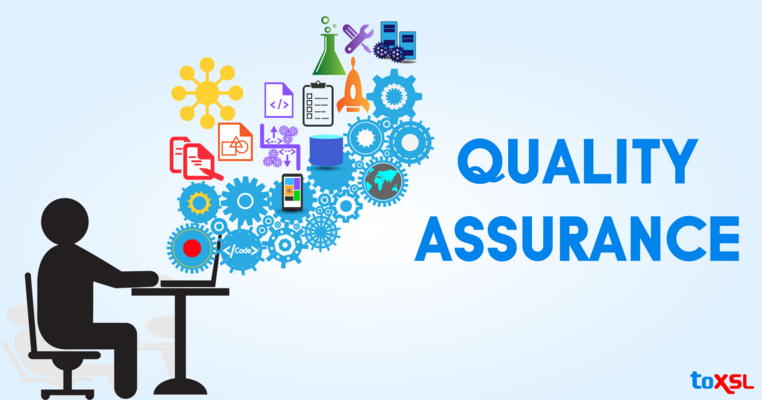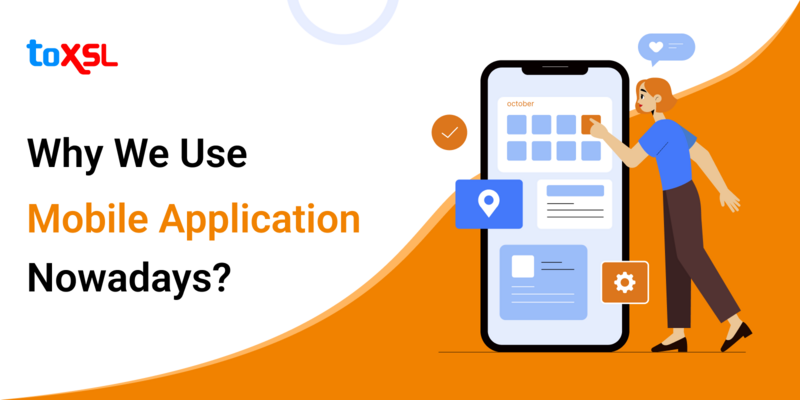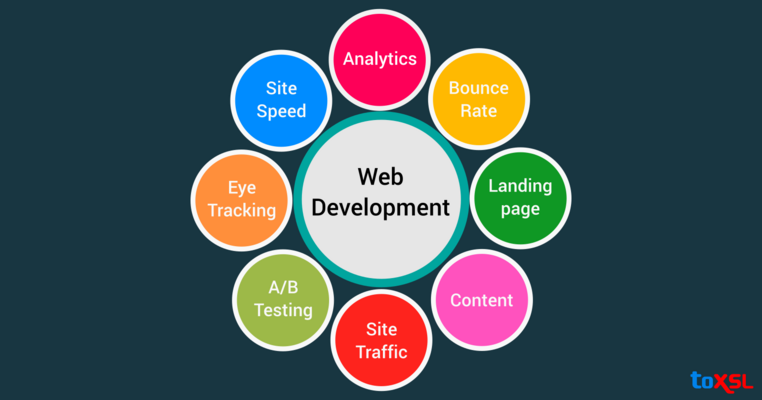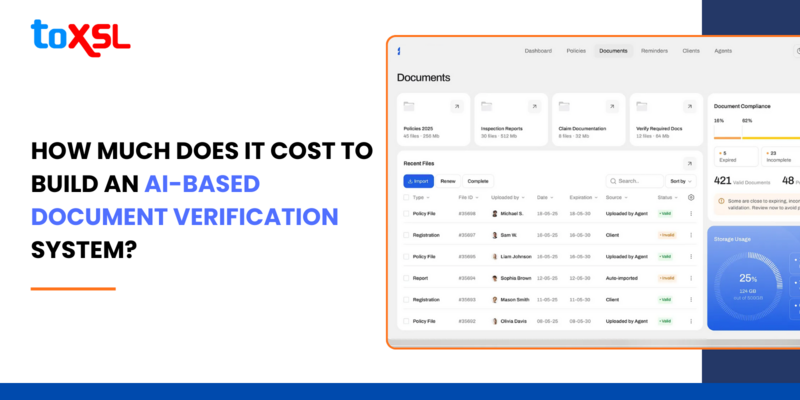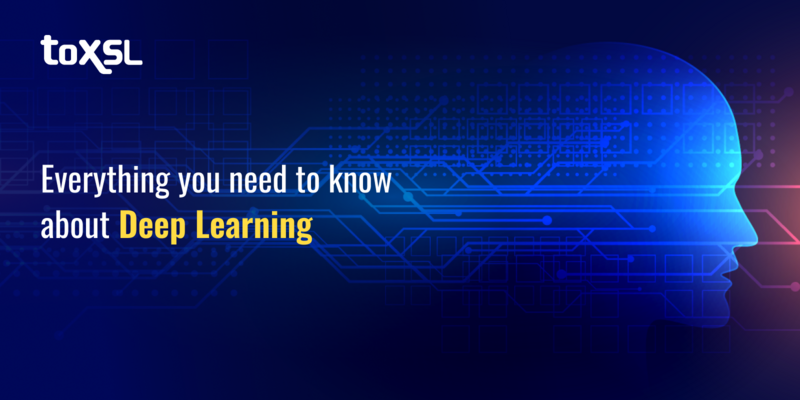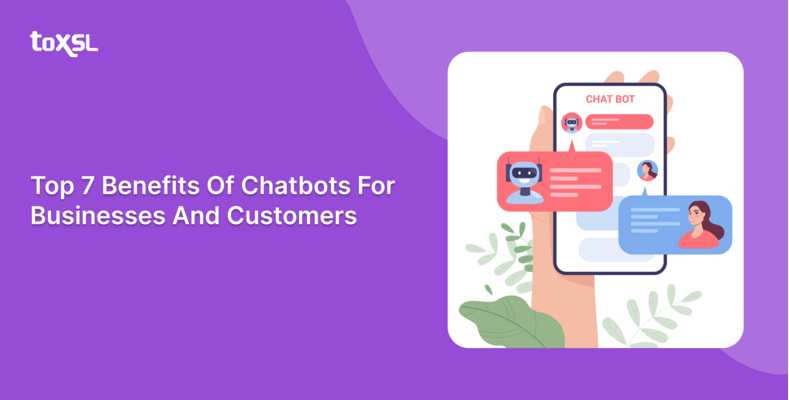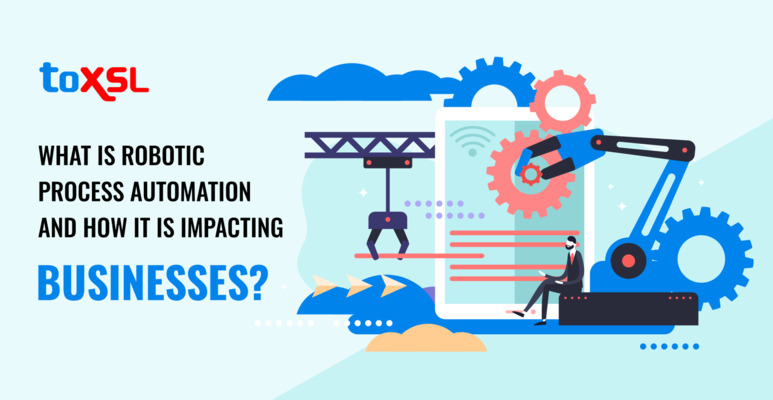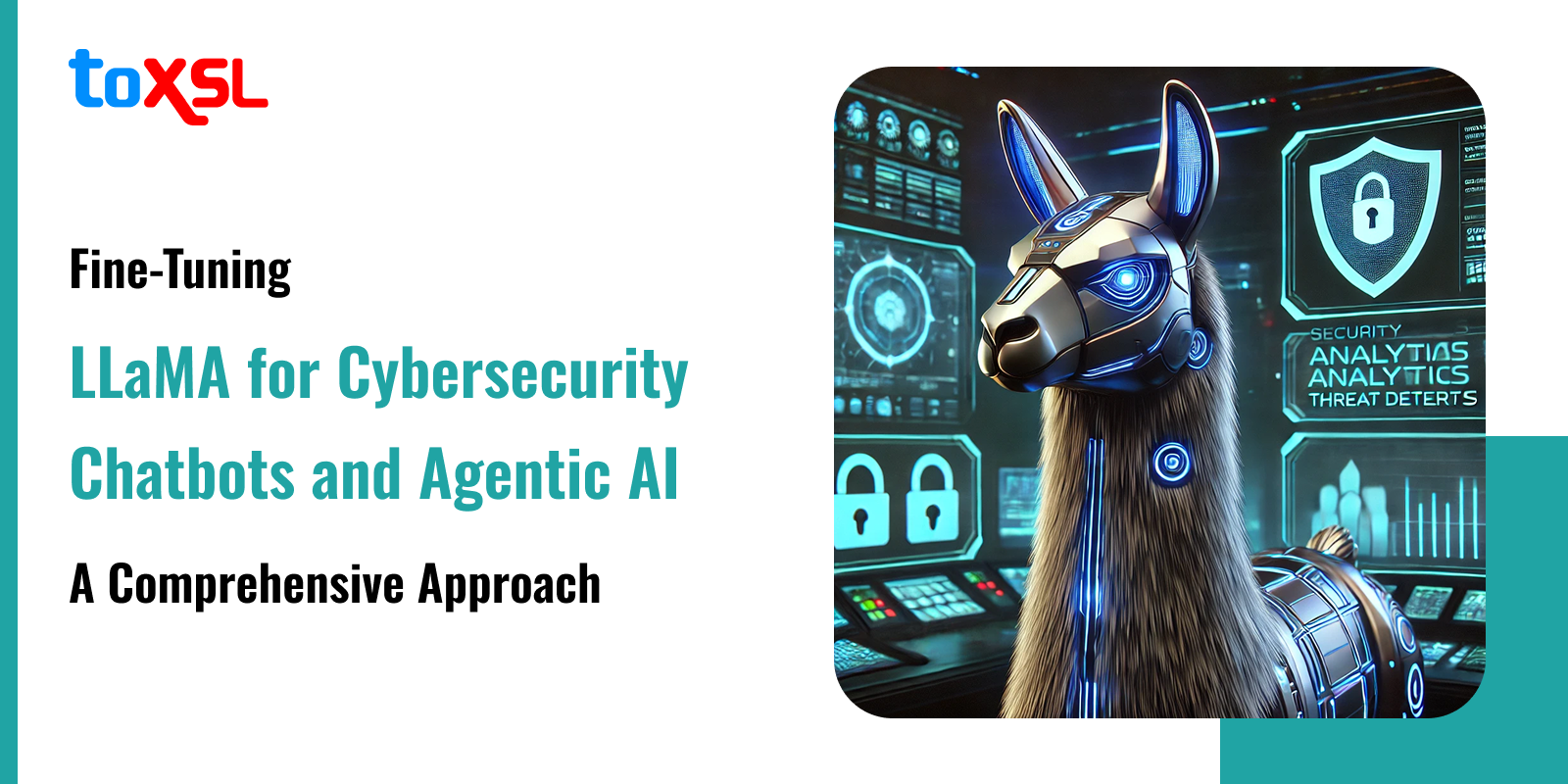
Did you know that once every 39 seconds, an average computer connected to the Internet gets attacked 2,244 times a day? The AI in Cybersecurity market is valued USD 31.38 billion in 2025 and is estimated to reach 219.53 billion by 2034, growing at a CAGR of 24.1%.
Big companies including IBM, Palo Alto Networks, and Cisco Systems are focusing on integrating AI into their security systems. These companies are market players who are investing heavily in R&D to drive AI in Cybersecurity market development.
The integration of AI in the Cybersecurity market size in the Asia Pacific is estimated to see the fastest growth by 2034 due to digitalization. Cybercrime is one of the greatest threats to all businesses globally. So, how do businesses keep them safe? Well, the answer is incorporating AI inCybersecurity. With the rise in crimes, the importance of AI in Cybersecurity has increased.
Nowadays, we all are using AI technologies such as language models. These models are crucial for improving speed and accuracy of threat detection, incident response, and risk mitigation. With that,AI’s most promising model that has become the talk of the town is LLaMA (Large Language Model Meta AI).
In this blog, we will discover the reason that will make it clear to you why fine-tuning LLaMA for Cybersecurity is essential.
Applications of Fine-tuned LLaMA Model in Cybersecurity
Fine-tuning helps businesses automate and enhance key aspects of Cybersecurity defense. Here are a few applications of the fine-tuned LLaMA model in Cybersecurity:
Smarter Threat Intelligence: Do you want to stay ahead of threats? To stay ahead of threats, business needs constant monitoring and analysis of threat intelligence feeds. However, fine-tune LLaMA models can easily automate this process by analyzing large volume of data, identifying emerging threats, and summarizing the main findings. LLaMA model offer businesses with concise, actionable intelligence that allow them address potential risks.
Supercharged Threat Hunting: Threat hunting refers to he process of actively looking for hidden threats. Fine-tuned LLaMA models help businesses analyze logs, spotting unusual patterns, and pointing out areas to investigate. These models goes quickly through a lot of data, highlighting suspicious activities that humans might overlook.
Developing Playbooks for SOAR: Security Orchestration, Automation, and Response (SOAR) platforms help simplify incident response, but creating and managing playbooks can take a lot of time. Fine-tuned LLaMA models can speed up this process by drafting playbooks for common attacks and adjusting them in real time using threat intelligence, making security teams more agile and efficient.
Creating SOPs for SOC Analysts: Consistency and accuracy are important in a Security Operations Center (SOC). Do you want to keep Standard Operating Procedures (SOPs) clear, simple, and up-to-date? Fine-tuned LLaMA models can help you maintain clear SOPs. By looking at past incident responses, the model can find best practices and turn them into useful SOPs.
Why Fine-tune LLaMA for Cybersecurity?
Fine-tuning is a machine learning process of adapting for general-purposemodel such as LLaMA to improve its performance. In Cybersecurity, fine-tuning involves training the model on specific data to help it become an expert in malware analysis and threat intelligence.
Domain Specialization: By training LLaMA on cybersecurity data such as attack methods and malware behavior, it becomes an expert in this area.This helps it understand technical terms and complex ideas more accurately.
Cost Efficiency: Fine-tuning uses the knowledge LLaMA already has, so you don’t need to create a new AI model from scratch. This saves time and money while improving its abilities with less computing power.
Adaptability: Fine-tuning allows businesses to customize LLaMA to fit their organization’s language, tools, and workflows. For example, you can make it work well with specific cybersecurity systems like SIEM tools.
Why LLaMA?
LLaMA, afamily of open-source large language models (LLMs), released by Meta AI offers numerous advantages that make it a perfect model for Cybersecurity apps:
Open-source: LLaMA is an open-source model that makes it easy for vendors to take complete control over customization, audits, and updates. This avoids dependency on vendors and ensures compliance with security standards.
Scalability: LLaMA offers models in different sizes. Businesses can use any LLaMA model from 1 billion to 80 billion parameters. This flexibility allows users to choose a model that matches their computational resources without compromising performance.
Performance: LLaMA excels at reasoning tasks. It makes it easy for businesses to take out important data and analyze complex cybersecurity information such as attack patterns and threat intelligence. LLaMA’s ability to process technical data efficiently enhances security measures.
LLaMA Model Types:
As we discussed earlier, LLaMA models come under various versions of specific tasks:’
Base LLaMA: It is a general-purpose model used for various ranges of language tasks, serving as a foundation for fine-tuning for specific tasks.
Instruct LLaMA: This model is fine-tuned to follow specific user instructions. This model is perfect for conversational tasks such as chatbots or personal assistants.
Code LLaMA: TheCore LLaMA model is trained to understand and develop programming code Hence, thecode LLaMA model is ideal for software development, debugging, and to make coding scripts.
Chat LLaMA: These models are optimized for conversation-style tasks, offering natural, and coherent responses. Chat LLaMA is ideal for customer support bots or virtual assistants.
Vision LLaMA: Hence this model is hypothetical. But it is considered that in the future you can witness the combination of language, visuals, and tasks. You can expect the model to visual question answering or image captioning.
Multilingual LLaMA: This model is trained in numerous languages. It is useful for global applications such as multilingual translation and cross-language retrieval
Best Environment to Fine-tune LLaMA Model
Now that, we have learnt about various types of model. Let us move forward in the blog and learn about the best environment to fine-tune LLaMA model.
1. Cloud GPU Solution
Amazon Web Services: AWS comes with comprehensive cloud computing services, including EC2 instances with GPUs (e.g., p3, p4, and g4dn) for large-scale model training, and Amazon SageMaker. Amazon SageMaker is a fully managed platform for building, training, and deploying machine learning models. This makes it ideal for tasks requiring scalable infrastructure, flexible pricing, and seamless integration with AWS services.
Google Cloud Platform (GCP): GCP provides compute instances with GPUs (e.g., NVIDIA Tesla T4, P100, A100) and an AI Platform supporting frameworks like TensorFlow and PyTorch, making it ideal for scalable machine learning pipelines, high-performance GPU tasks, and seamless integration with Google’s AI services.
Microsoft Azure: Azure provides GPU-powered instances, such as the ND and NC series customized for deep learning tasks, alongside Azure Machine Learning Studio. Microsoft Azure offers comprehensive tools for model training, deployment, and management at scale, making it ideal for seamless integration with enterprise solutions and robust machine learning tools.
IBM Cloud: IBM Cloud provides GPU-accelerated virtual servers and an AI platform for building, training, and deploying machine learning models, along with Watson Studio to streamline data science workflows, making it ideal for companies seeking enterprise-level AI solutions and advanced analytics platforms.
Oracle Cloud Infrastructure (OCI): Oracle offers specialized GPU instances optimized for high-performance computing and AI training, supporting frameworks like TensorFlow and PyTorch, along with managed machine learning and data science environments, making it ideal for enterprises leveraging Oracle’s cloud tools and requiring GPU instances tailored to specific use cases.
2. In-house GPU Solutions
Usage of Unsloth Library: Unsloth is a library that optimizes GPU resource utilization for deep learning tasks by streamlining multi-GPU usage and automating model fine-tuning workflows. Unsloth library makes it ideal for teams with dedicated hardware seeking efficient, smaller-scale training environments.
Dedicated Workstations: Organizations can leverage high-performance GPUs such as NVIDIA A100, V100, or RTX 3090 for in-house model fine-tuning. These GPUs offer complete control over hardware and data security despite requiring significant upfront investment, making it ideal for teams prioritizing security and customization while managing costs effectively.
3. Free or Low-Cost Options
Google Colab: Google Colab provides free access to NVIDIA T4 GPUs with a 6-hour session limit, while Colab Pro (paid) offers more powerful GPUs, longer runtimes, and priority access, making it ideal for small-scale tasks or prototyping, especially for students or individuals on a budget.
Kaggle Kernels: Kaggle offers free access to GPUs such as NVIDIA T4 or P100 for running notebooks, with limited usage. It also offers a wide range of community datasets and pre-trained models, making it ideal for quick experiments or small-scale training, especially for data science enthusiasts.
Paperspace: Paperspace offers GPU-powered virtual machines (e.g., Tesla P100, V100, A100) for deep learning tasks and includes Gradient, a toolset for building, training, and deploying models, making it a cost-effective and easy-to-use platform for developers.
Lambda Labs: Lambda Labs provides cloud GPU instances, pre-configured deep learning environments, and workstation setups optimized for AI workloads, making it ideal for researchers or companies needing specialized hardware and efficient tools for AI development.
Conclusion:
Fine-tuning LLaMA for cybersecurity tasks helps businesses protect themselves against cyber threats. This is done simply by teaching the model to understand cybersecurity details, making it smarter at analyzing risks, solving problems, and offering real-time support. Hence, using LLaMA's open-source tools, flexibility, and strong performance, businesses can protect themselves and stay ahead of their competition.
ToXSL Technologies is a leading Cybersecurity services provider company. We are committed to protecting businesses globally by integrating Cybersecurity services with AI. Want to know how we have been helping businesses keep themselves safe? Contact us today and let us help your business grow.
FAQs
1. What is LLaMA, and why is it useful for cybersecurity chatbots?
LLaMA (Large Language Model Meta AI) is a powerful open-source language model developed by Meta. It's ideal for cybersecurity chatbots due to its adaptability, efficiency, and capability to understand and generate human-like responses relevant to security threats and queries.
2. How does fine-tuning LLaMA improve chatbot performance in cybersecurity?
Fine-tuning allows LLaMA to learn from domain-specific data, such as threat reports or incident logs, making it more accurate and relevant when responding to security-related questions or detecting potential cyber risks.
3. What kind of data is used to fine-tune LLaMA for cybersecurity applications?
Data used includes phishing email samples, malware reports, security advisories, logs, vulnerability databases, and other cybersecurity-related documents that help the model learn relevant language patterns and terminology.





